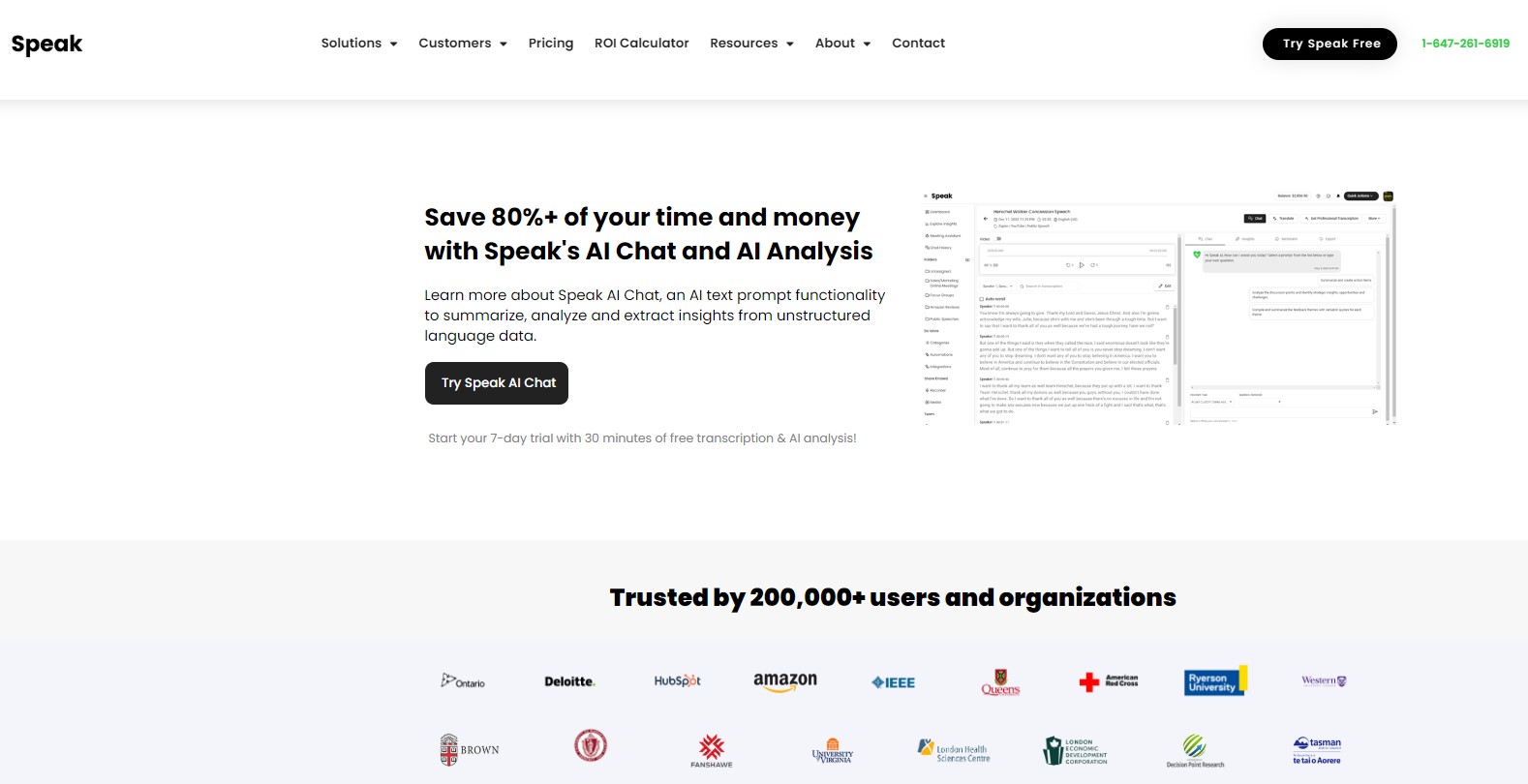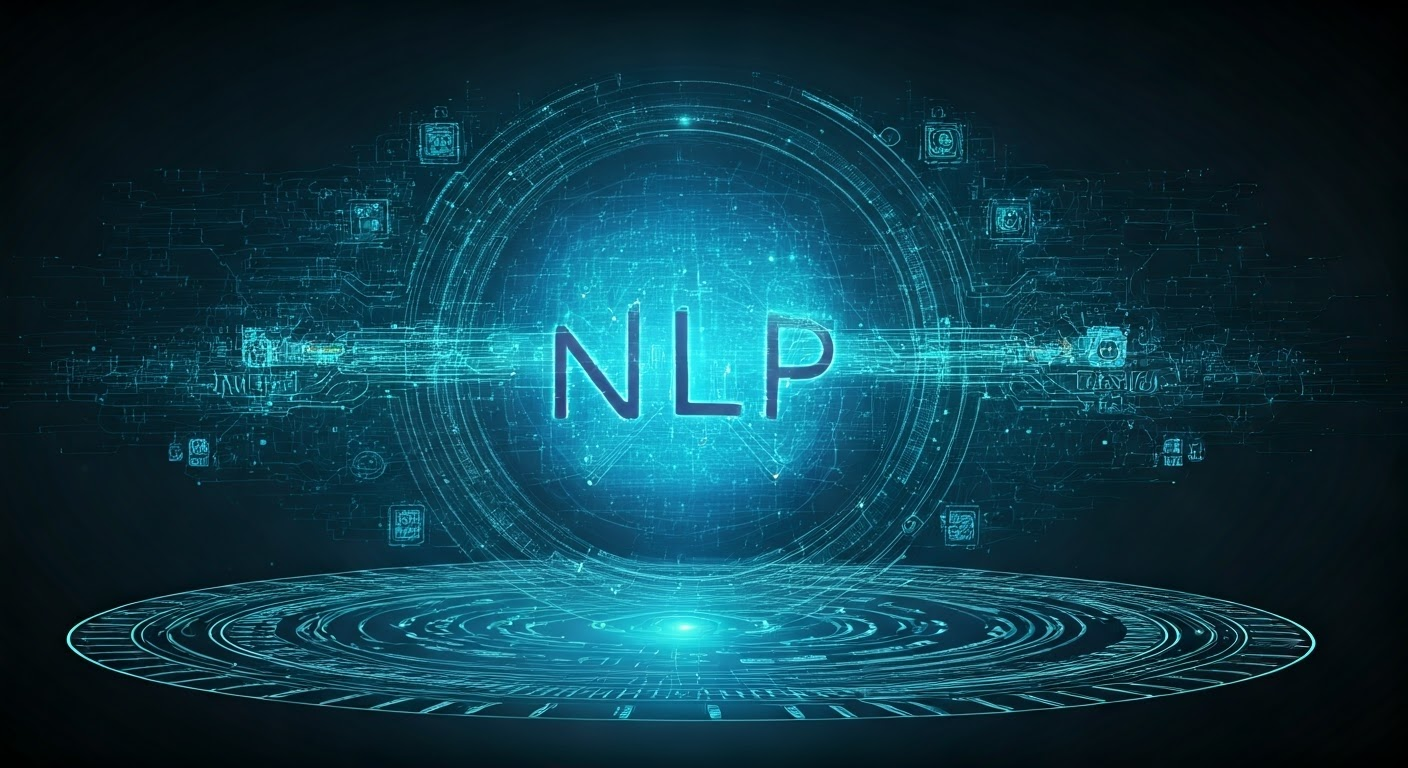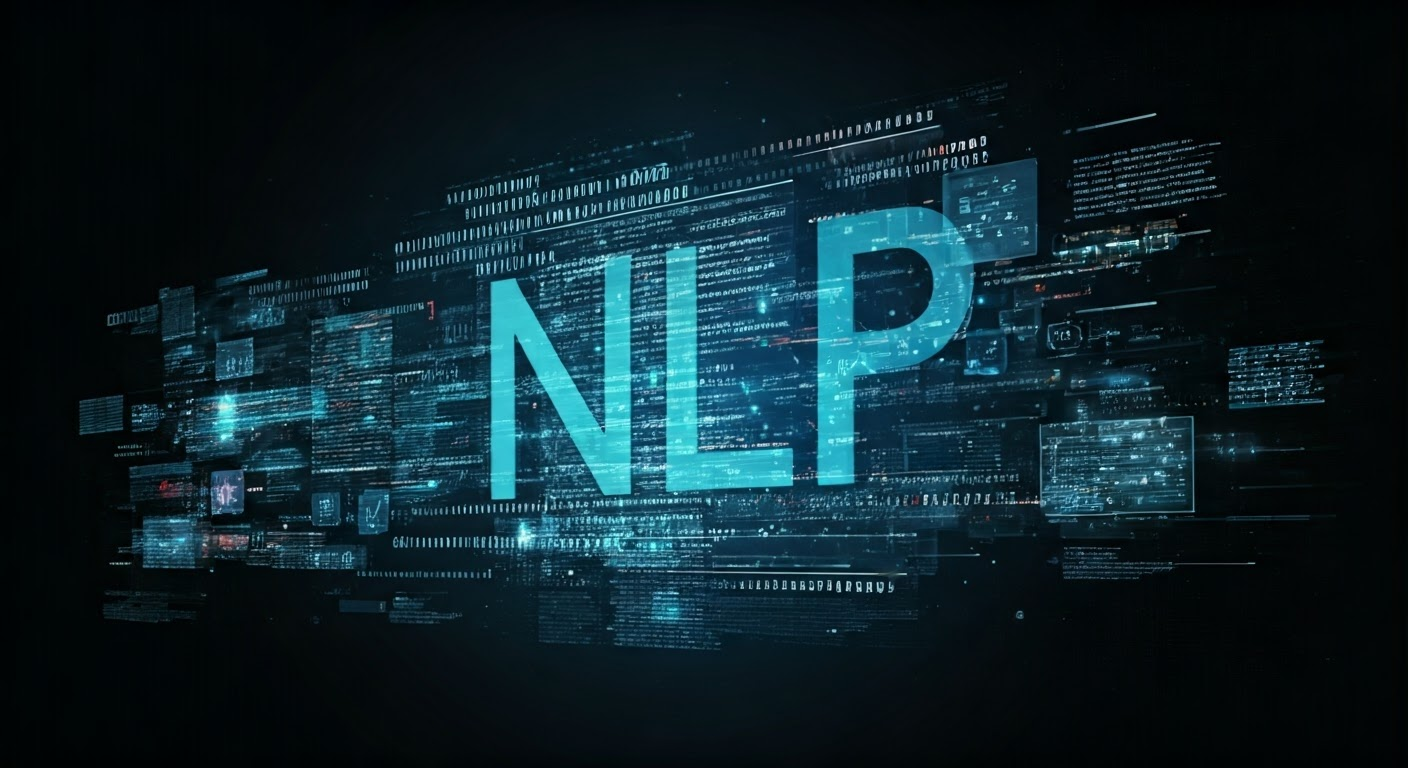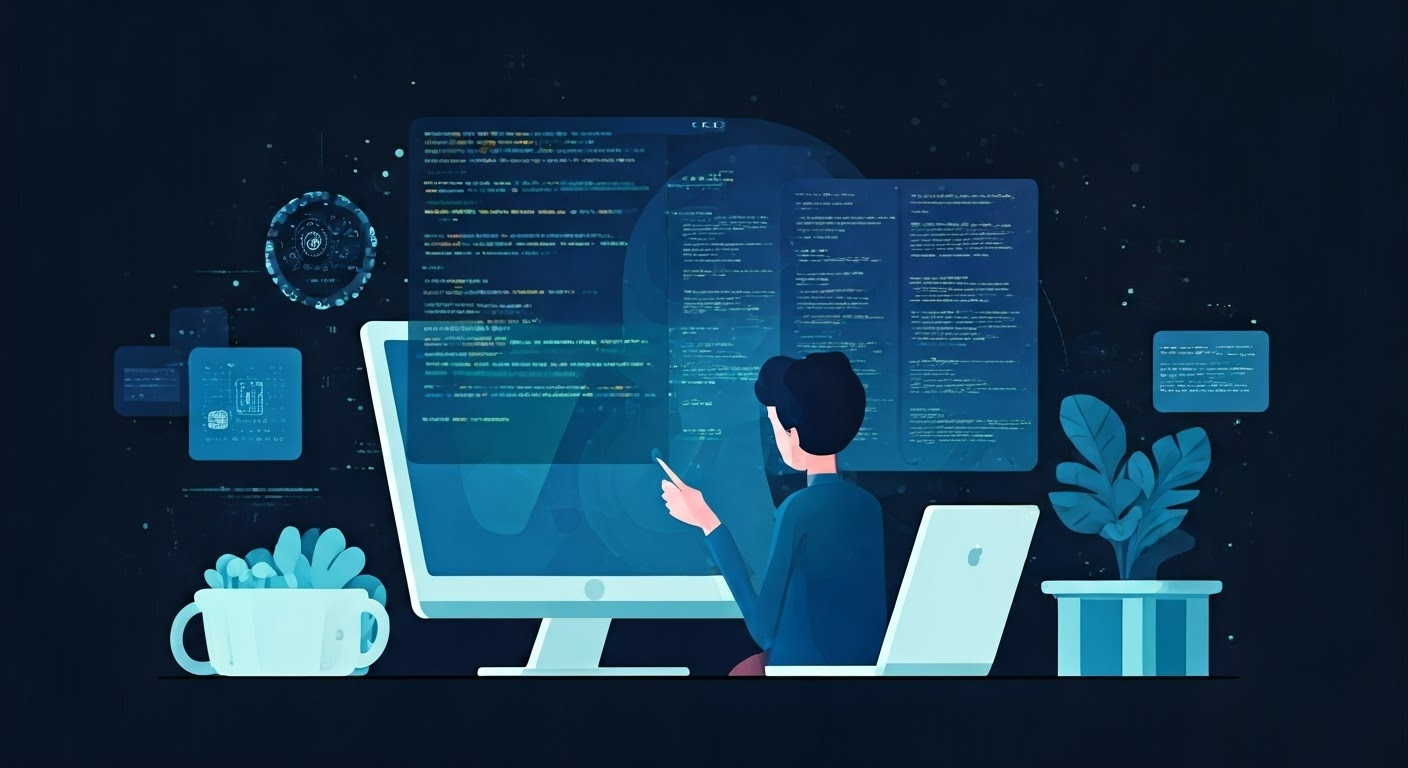
Beginner's Guide to Speak AI: NLP Software Demystified

Key Highlights
- Explore the world of Natural Language Processing (NLP) and how it enables computers to understand and process human language.
- Discover practical applications of NLP software in education, particularly in language learning apps like JustSpeak.
- Break down the essential features and functionalities of NLP software, emphasizing its role in improving communication skills.
- Learn how AI-powered English tutors provide personalized feedback on pronunciation, grammar, and fluency.
- Gain insights into selecting and utilizing the right NLP software for your specific needs.
- Understand the benefits and limitations of using NLP software for language acquisition.
Introduction
In today's digital age, technology is constantly evolving to bridge the gap between humans and computers. At the forefront of this revolution is Natural Language Processing (NLP), a branch of AI that focuses on enabling computers to understand, interpret, and respond to human language. From virtual assistants like Siri and Alexa to language learning apps, NLP is transforming how we interact with technology. This beginner's guide will demystify NLP, explore its applications in AI-powered English learning apps, and provide a roadmap for getting started with NLP software.
Understanding NLP: The Basics of Natural Language Processing

Natural Language Processing, at its core, aims to equip computers with the ability to comprehend and process human language in a valuable and meaningful way. This involves breaking down the complexities of spoken and written text, extracting meaning, and enabling machines to perform tasks that traditionally require human intelligence.
NLP plays a critical role in various applications we use daily, including chatbots that provide instant customer support, machine translation services that break down language barriers, and even spam filters that keep our inboxes clean. By understanding the fundamental principles of NLP, we can begin to grasp the transformative impact it has on our interactions with technology.
What is NLP and How Does it Work?
Natural Language Processing encompasses a wide array of techniques and algorithms that allow computers to decipher and process human language. At a high level, NLP involves several key steps: tokenization (breaking down text into individual words or units), part-of-speech tagging (identifying the grammatical role of each word), and syntactic and semantic analysis (understanding the grammatical structure and meaning of sentences).
AI plays a crucial role in modern NLP by enabling machines to learn patterns and relationships within language data. Through machine learning algorithms, NLP models can be trained on massive datasets of text and speech, allowing them to improve their accuracy and performance over time.
For instance, language learning apps like "JustSpeak" leverage AI-powered NLP to provide personalized English tutoring. These apps analyze users' pronunciation, grammar, and fluency, providing real-time feedback and tailored exercises to enhance their language skills.
The Role of AI in NLP
The integration of AI into NLP has revolutionized the way we approach language processing tasks. AI algorithms, particularly in machine learning, have enabled NLP models to become more sophisticated and capable. These models can now learn from massive amounts of data, identifying intricate patterns and relationships within language.
Take, for example, the role of an AI-powered language tutor in an app like Duolingo. The AI can assess the learner's proficiency, tailor lessons to their specific needs, and provide personalized feedback. It can analyze the user's pronunciation, flag grammatical errors, and suggest vocabulary enhancements.
The continual development of AI ensures that NLP models become increasingly adept at understanding the nuances of human language, making them even more valuable tools for learning and communication.
Getting Started with NLP Software
There is a wide array of NLP software options available, ranging from open-source libraries to commercial platforms. Selecting the right tools depends on your specific needs, technical expertise, and project goals. Fortunately, numerous resources cater to both beginners and experienced developers embarking on their NLP journey.
Online tutorials, comprehensive documentation, and supportive communities provide valuable guidance for those looking to explore the world of NLP. By leveraging these resources, you can confidently dive into the practical aspects of building and implementing NLP models.
Essential Tools and Resources for Beginners
Before diving into the world of NLP software, it's helpful to familiarize yourself with some fundamental tools and resources:
1. Programming Languages: Python is arguably the most popular language for NLP. Its extensive libraries like NLTK, SpaCy, and Gensim offer powerful tools for text processing, analysis, and model building.
2. Datasets: Access to high-quality language data is crucial for training effective NLP models. Websites like Kaggle and Hugging Face Datasets provide access to various datasets suitable for different NLP tasks.
3. Online Courses: Platforms like Coursera, edX, and Udacity offer excellent courses on NLP fundamentals, machine learning, and deep learning, allowing you to gain a solid understanding of the underlying concepts.
Setting Up Your First NLP Project
Once you have a basic understanding of NLP fundamentals, you can start setting up your first project. Consider a simple task, such as sentiment analysis—determining whether a given text expresses positive, negative, or neutral sentiment. Start by choosing a suitable dataset, then use a library like NLTK to preprocess the text data—removing stop words, stemming, and tokenizing.
Next, utilize a machine learning algorithm, such as a Naive Bayes classifier, to train a sentiment analysis model. Once trained, you can test its accuracy on new, unseen text data. Remember to familiarize yourself with the platform's terms of use and the developer's privacy policy when working with APIs or downloading datasets. Always prioritize ethical considerations and data privacy throughout your project.
Step-by-Step Guide to Using NLP Software

Utilizing NLP software effectively involves a structured approach. Begin by defining your project goals and identifying the specific NLP tasks you need to accomplish. This clarity will guide your choice of software and methods.
Next, prepare your data carefully, as data quality significantly impacts your model's performance. Cleanse and pre-process your data, ensuring it's suitable for NLP tasks. Thorough data preparation is crucial for obtaining reliable and accurate results from your NLP software.
Step 1: Choosing the Right NLP Software
Selecting the appropriate NLP software is paramount for project success. Factors to consider include the software's features, ease of use, scalability, and cost.
For beginners, user-friendly platforms with intuitive interfaces and pre-built models can be a great starting point. As your expertise grows, explore more advanced options offering customization and flexibility. Be mindful of subscription fees or licensing costs associated with some software.
Feature
Beginner-Friendly Option
Advanced Option
Ease of Use
User-friendly interface, drag-and-drop functionality
More coding required, greater customization options
Features
Pre-built models for common NLP tasks
Comprehensive toolkit for building custom models
Scalability
May have limitations in handling large datasets
Designed for high-volume processing and complex models
Cost
Free or affordable subscription plans
Higher subscription fees or enterprise licensing
Step 2: Implementing Your First NLP Model
When incorporating your first NLP model using Speak AI, start by exploring the app's privacy practices and terms of use to ensure compliance. Engage with the AI tutor to enhance your English speaking skills. Utilize the download feature for easy access to resources improving fluency. Consider subscribing for advanced grammar and pronunciation tools. Explore the variety of audio and chat functionalities available within the app to optimize your learning experience. Start your NLP journey by implementing your initial model with Speak AI.
KeywordSearch: SuperCharge Your Ad Audiences with AI
KeywordSearch has an AI Audience builder that helps you create the best ad audiences for YouTube & Google ads in seconds. In a just a few clicks, our AI algorithm analyzes your business, audience data, uncovers hidden patterns, and identifies the most relevant and high-performing audiences for your Google & YouTube Ad campaigns.
You can also use KeywordSearch to Discover the Best Keywords to rank your YouTube Videos, Websites with SEO & Even Discover Keywords for Google & YouTube Ads.
If you’re looking to SuperCharge Your Ad Audiences with AI - Sign up for KeywordSearch.com for a 5 Day Free Trial Today!
Conclusion
In conclusion, understanding the power of NLP software can revolutionize your approach to language processing tasks. By diving into the basics of Natural Language Processing, beginners can harness AI technology to enhance efficiency and accuracy in various projects. The step-by-step guide provided here equips you with the tools needed to kickstart your journey with NLP software successfully. Embrace the opportunity to explore the realm of NLP and unlock its potential to streamline your daily tasks effectively. Whether you are a novice or an experienced user, the world of NLP software offers endless possibilities for growth and innovation in language processing.
Frequently Asked Questions
What is the Best NLP Software for Beginners?
For beginners, "JustSpeak" is a great AI-powered app. It's easy to download and offers a free subscription trial, allowing you to explore NLP's capabilities in improving English fluency.
How Much Time Does It Take to Learn NLP?
Mastering NLP, like any AI field, requires dedication. With consistent effort and the right resources, you can gain a solid understanding of core concepts within a few months of focused learning.
Can I Use NLP Software for Free?
Yes, several NLP libraries and tools are open-source and free. Additionally, many commercial platforms offer free trials or limited-feature subscriptions, allowing you to experiment.
Do I Need a Technical Background to Use NLP Software?
While a technical background can be helpful, many user-friendly NLP apps are designed for non-programmers. Language learning apps, for example, are accessible to anyone.
How Can NLP Software Improve My Daily Tasks?
NLP enhances tasks like composing emails, creating presentations, or even transcribing audio notes. Remember to always review app's privacy practices before using them.
